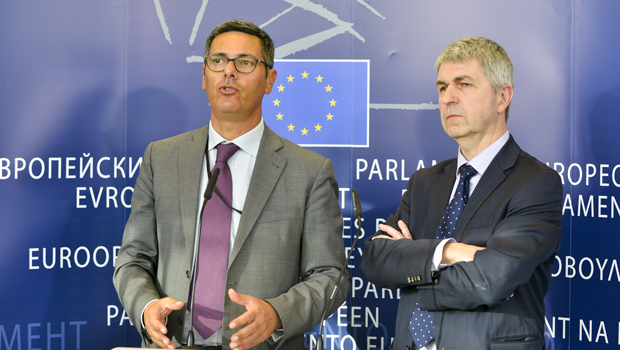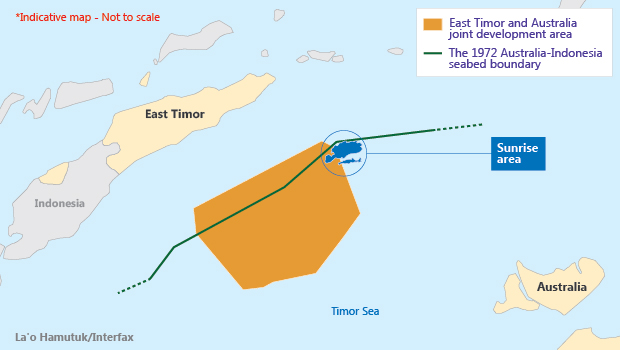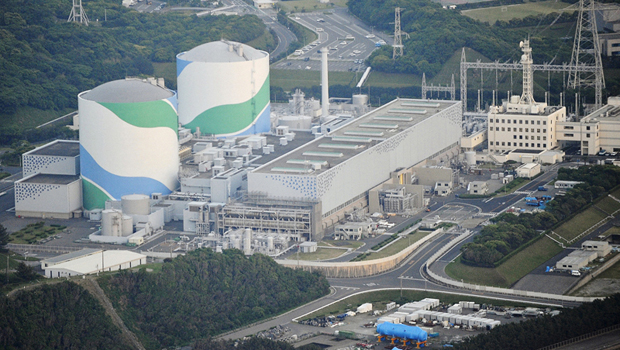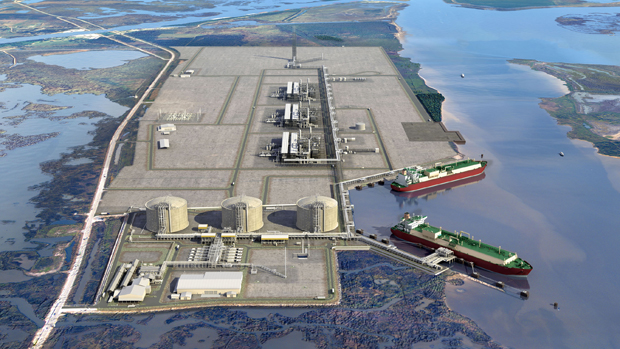EU ETS reform vote receives mixed reaction
 MEPs Giovanni La Via (left) and Ivo Belet from the European Parliament's ENVI committee at a press briefing following the MSR vote. (EP)
MEPs Giovanni La Via (left) and Ivo Belet from the European Parliament's ENVI committee at a press briefing following the MSR vote. (EP)
The European Parliament’s environment committee voted last week in favour of introducing a Market Stability Reserve (MSR) into the EU’s Emissions Trading System (ETS). This would result in the bulk of surplus ETS allowances – which currently amount to around 2.1 billion – being taken out of the market and placed in a reserve each year.
The start date for the MSR now looks to be 31 December 2018. However, stakeholders in the energy industry and several member states – including Germany and the UK – had lobbied for implementation by 2017.
“If this date is confirmed by the Council [of the European Union], the current oversupply will only be eliminated by around 2023 – eight years from now. This is too late: stronger action is needed to generate a carbon price that is relevant to companies’ decisions today,” Eurelectric Secretary General Hans ten Berge said in a statement released immediately after the vote.
“We therefore urge policymakers in the parliament and the council to rethink as negotiations continue and agree to establish the reserve in 2017,” ten Berge added.
The ETS reform proposal needs backing from both the parliament and the member states in the council to be passed into law. Negotiations between the two institutions are expected to begin this spring. In the council, the file will be subject to qualified majority voting – a system whereby the number of votes are weighted according to the population of each member state.
“A clear majority of member states share the view of the European Parliament. I am confident we can soon achieve an agreement”, MEP Ivo Belet (EPP, Belgium), the MSR file’s rapporteur, said after the vote.
The economic downturn – combined with what some see as an over-allocation of allowances in previous years – has led to a sharp fall in prices for carbon allowances in recent years. The benchmark December 2015 contract is now trading at around €7 per ton ($7.85/t) compared with highs of more than €30/t in 2008. Prices had risen to €7.76/t on the ICE Exchange the day before the vote in the environment commitee, but dropped in the days after.
Interfax’s Global Gas Analytics estimates that, in the current market, carbon prices will have to exceed €23/t to provide an incentive for fuel switching from coal to gas in power generation on a broad scale in continental Europe. There is no clear consensus among analysts, however. Deutsche Bank, for instance, has estimated the fuel switching price to be €34/t.
EU ETS reform
- On 24 February, MEPs in the European Parliament’s environment committee voted in favour of the MSR being implemented on 31 December 2018.
- The MSR proposal needs support from both the parliament and the 28 member states in the Council of the European Union to be passed into law. Negotiations between the parliament and council are expected to start this spring.
- The gas and power industries had lobbied for implementation by 2017. A higher price for carbon could lead to fuel switching from coal to gas and spur investment in CCS.
- MEPs also adopted a proposal to put the 900 million allowances ‘back-loaded’ from 2014-2016 into the reserve instead of returning them to the market from 2019.
Sooner the better
But analysts broadly agree that the earlier the MSR is implemented the sooner carbon prices are likely to rise. A higher price for carbon would not just encourage fuel switching, it could also spur investment in low-carbon technologies such as carbon capture and storage.
The European Commission’s original proposal was for the MSR to be implemented in 2021. MEPs were divided on the issue – some lobbied for implementation in 2017, others for 2021 or even 2023. Therefore 2018-2019 must be seen as a compromise.
The ETS works differently to other markets, in the sense that supply does not adjust to changes in demand. Hence market intervention is seen as necessary to address the surplus of allowances.
The MEPs adopted the commission’s proposal to withdraw 12% of allowances form the market each year and return them to the market if the surplus falls below 400 million.
“The MSR is designed to make the supply of permits less rigid and, consequently, the carbon market more resilient to external shocks such as the economic recession,” Luca Taschini, a research fellow with the Grantham Research Institute at the London School of Economics, told Interfax. “Early adoption of the MSR is sending the right signals to the market. Starting earlier than 2021 would make low-carbon investments across Europe more attractive,” Taschini added.
Karsten Neuhoff, head of department for climate policy at the German Institute for Economic Research, agreed.
“I think there will be a slow response to the MSR in terms of carbon price movements over the next few years. But in the medium-to-long term, it sets a clear framework and visibility which is important for investors in new technologies,” Neuhoff told Interfax.









